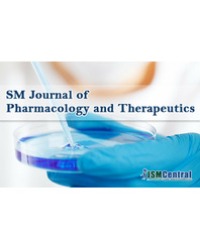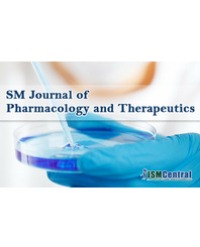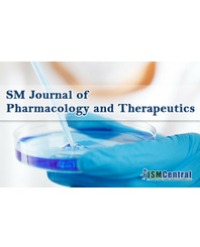
The Unattended Crisis of Topical Steroid Misuse: A Review
Topical corticosteroids, being one of the most frequently prescribed classes of drugs in clinical practice today, are very often subjected to misuse. A vast majority of the patients are unaware of the untoward effects that may arise even with the right administration of these drugs. The ethical use and the regulatory challenges concerning the use of topical corticosteroids are the issues of the hour. The pediatric population is highly susceptible due to variability in body surface area, skin thickness and texture, and the resulting increased permeability predisposes them to systemic side effects like Cushing’s syndrome and adrenocortical insufficiency. Overutilization of steroids also augments the susceptibility of an individual to hospital and community acquired skin infections. With this review, we aim to bring the ever expanding trend of steroid misuse to the light by evaluating the risk vs. benefit factor. Steroid misuse is an emerging public health concern and in order to address this issue, analysis and comparison of prescribing pattern, understanding of topical administration and side effects associated with topical steroids are vital.
Gautam Satheesh*, Sandra Puthean and Emill Jame David


